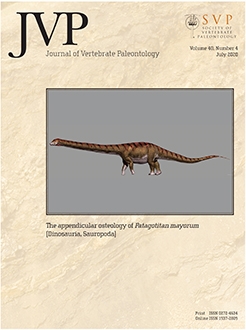Ankylosaurs, dinosaurs possessing extensive body armor, were significant components of terrestrial ecosystems from the Middle Jurassic–latest Cretaceous. They diversified during the Early Cretaceous, becoming globally widespread. The Lower Cretaceous Wealden Supergroup (Berriasian–Aptian) of Britain has produced abundant ankylosaur material, with three currently recognized taxa: Hylaeosaurus armatus (Grinstead Clay Formation, West Sussex); Polacanthus foxii (Wessex Formation, Isle of Wight); and Horshamosaurus rudgwickensis (Weald Clay Group, West Sussex). However, these taxa are poorly understood; the initial descriptions of Hylaeosaurus and Polacanthus date from the 1800s and subsequent referrals of specimens have been based largely on provenance rather than morphological comparisons. This has led to uncertainty over the definitions of these taxa and the compositions of their hypodigms. Here, we redescribe the holotypes of Hylaeosaurus and Polacanthus, provide comparisons between these taxa, and use this information to assess the taxonomy of all ankylosaur specimens from the British Wealden Supergroup. We conclude that Hylaeosaurus and Polacanthus are valid, distinct taxa, which can be diagnosed by a combination of autapomorphies and a unique combination of characters. However, in both cases, we restrict their hypodigms to the holotypes. ‘Horshamosaurus rudgwickensis’ is a nomen dubium (an indeterminate nodosaurid dinosaur) and the majority of ankylosaur specimens from the Wealden Supergroup are taxonomically indeterminate. Hylaeosaurus and Polacanthus are separated stratigraphically, with Hylaeosaurus from the Valanginian of the Weald Sub-basin and Polacanthus from the Barremian of the Wessex Sub-basin. This separation supports the hypothesis of distinct lower and upper dinosaur faunas in the Wealden Supergroup of Britain.
How to translate text using browser tools
9 December 2020
Osteology and Taxonomy of British Wealden Supergroup (Berriasian–Aptian) Ankylosaurs (Ornithischia, Ankylosauria)
Thomas J. Raven,
Paul M. Barrett,
Stuart B. Pond,
Susannah C. R. Maidment
ACCESS THE FULL ARTICLE

Journal of Vertebrate Paleontology
Vol. 40 • No. 4
July 2020
Vol. 40 • No. 4
July 2020





